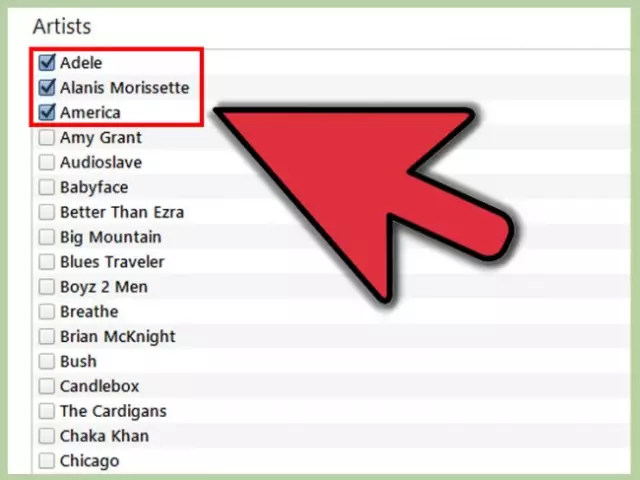The iPod is one of the most versatile devices with which you can visit the Internet, read e-books, view photos, play games, and also use as a music player. Sometimes the owners of such players have a question: how to throw music on it?
Necessary
- - iPod;
- - cable for connecting to a computer;
- - iTunes program;
- - collectible music album
Instructions
Step 1
To upload music, download iTunes from the Internet and install it on your computer. With this software, you can manage your iPod's data and update and restore information on this player.
Step 2
So, using a USB cable, connect your iPod to your computer. Do not forget that the device must be switched on when connecting (otherwise the computer will not detect new hardware). To do this, wait a little while the operating system detects the connected device, and only then double-click the left mouse button to launch iTunes.
Step 3
Select your music files and add them to your library. This can be done in the following way. Open the menu: "File - Add File to Library" or "Add Folder to Library". After that, select the required file, group of files or folder, click the "OK" button. Or add music by holding the left mouse button on the copied music file, file group or folder to the "Library" section on the left side of the iTunes window.
Step 4
Next, proceed directly to the preparation of music and its recording on your iPod. To do this, in the upper left part of the open window of iTunes, select the connected device, and then left-click on the "Music" tab. Pay attention to the list of music that appears and check the boxes next to the music, genre, artist, or album that you added to your library.
Step 5
Do not forget to also check the box: "Allow syncing music for this device in the same window." And only then click on the "Synchronize" button in the lower right corner of the iTunes program window. This will match your computer's database and the information on your iPod during the sync process. That is, the music you selected will be added to the player.
Step 6
Remember, you can speed up the synchronization process by closing all unnecessary applications, as it requires a lot of computer resources. Since, in addition to how the data is transferred, the library database is also backed up.






